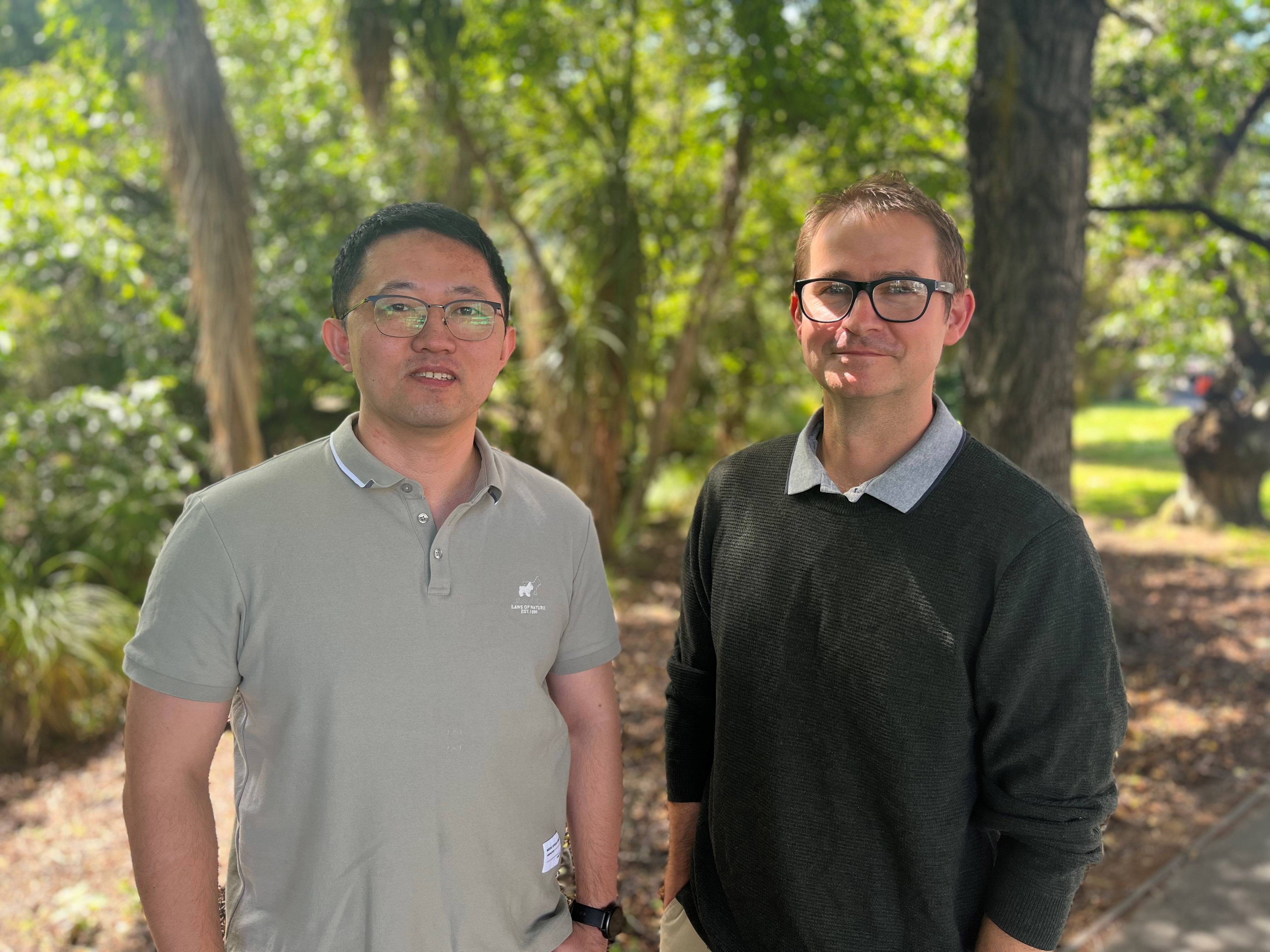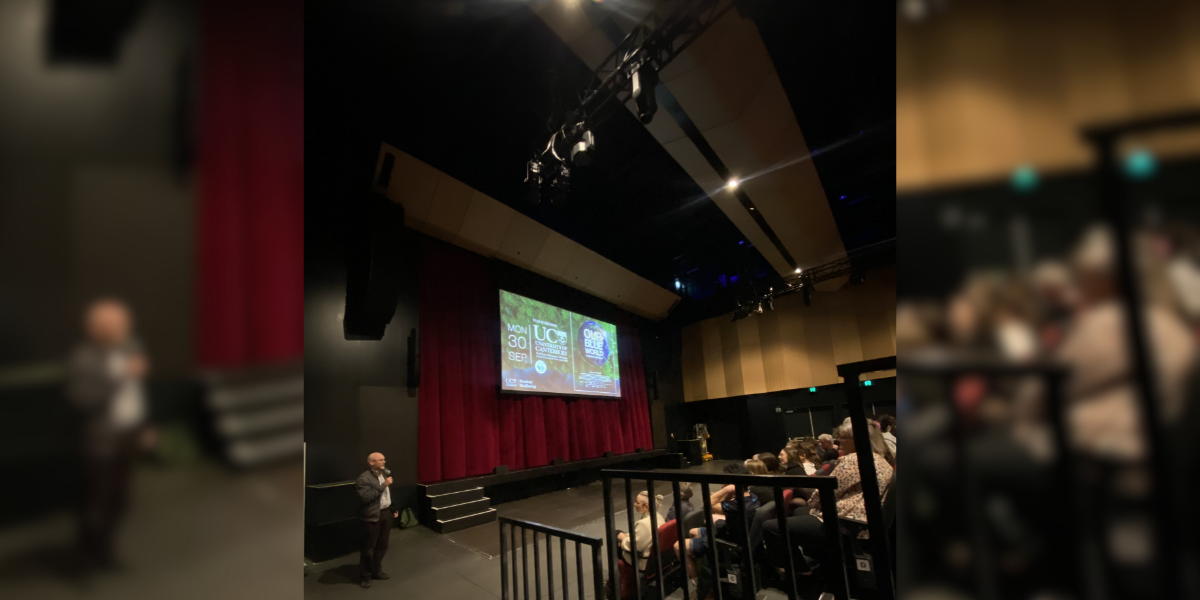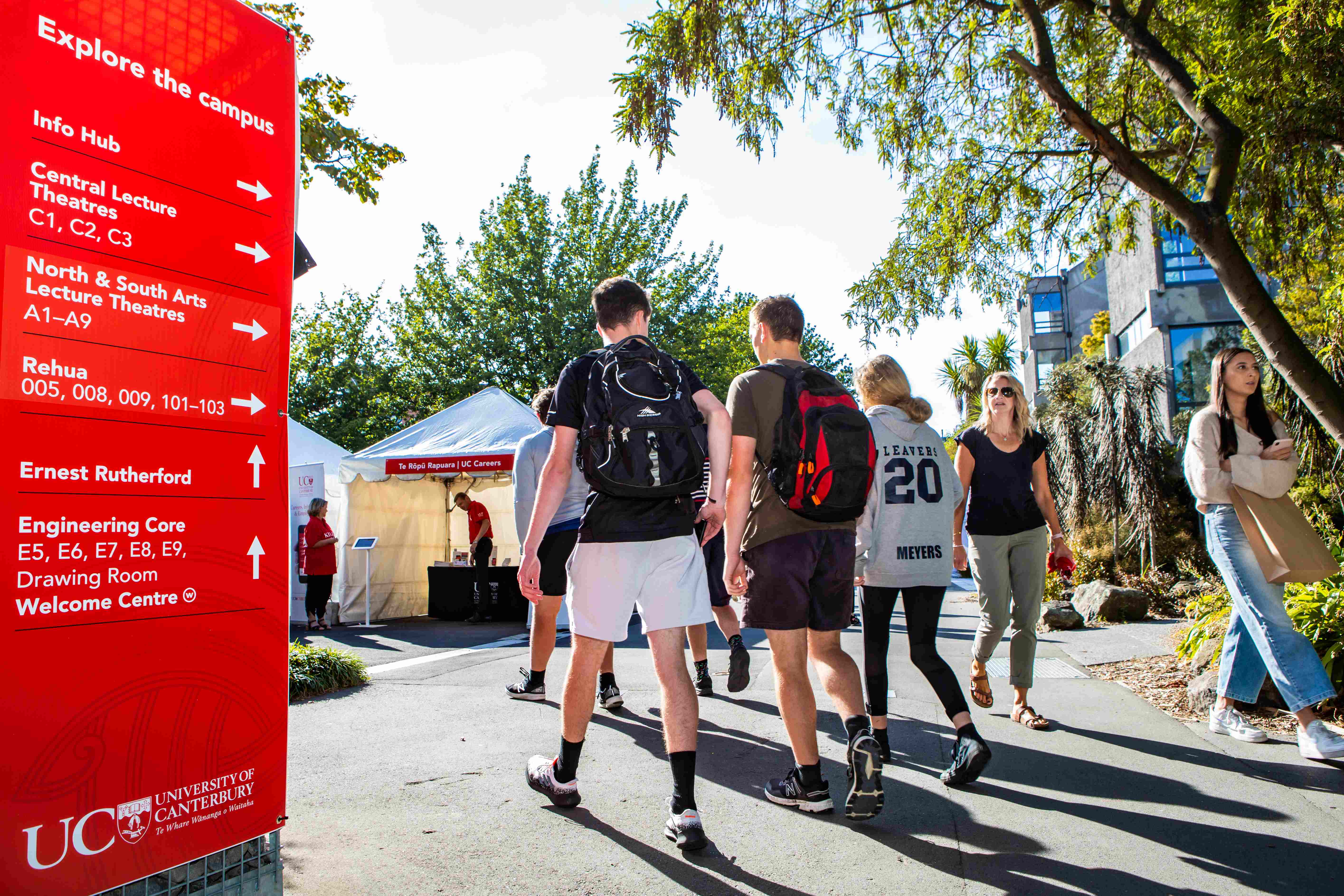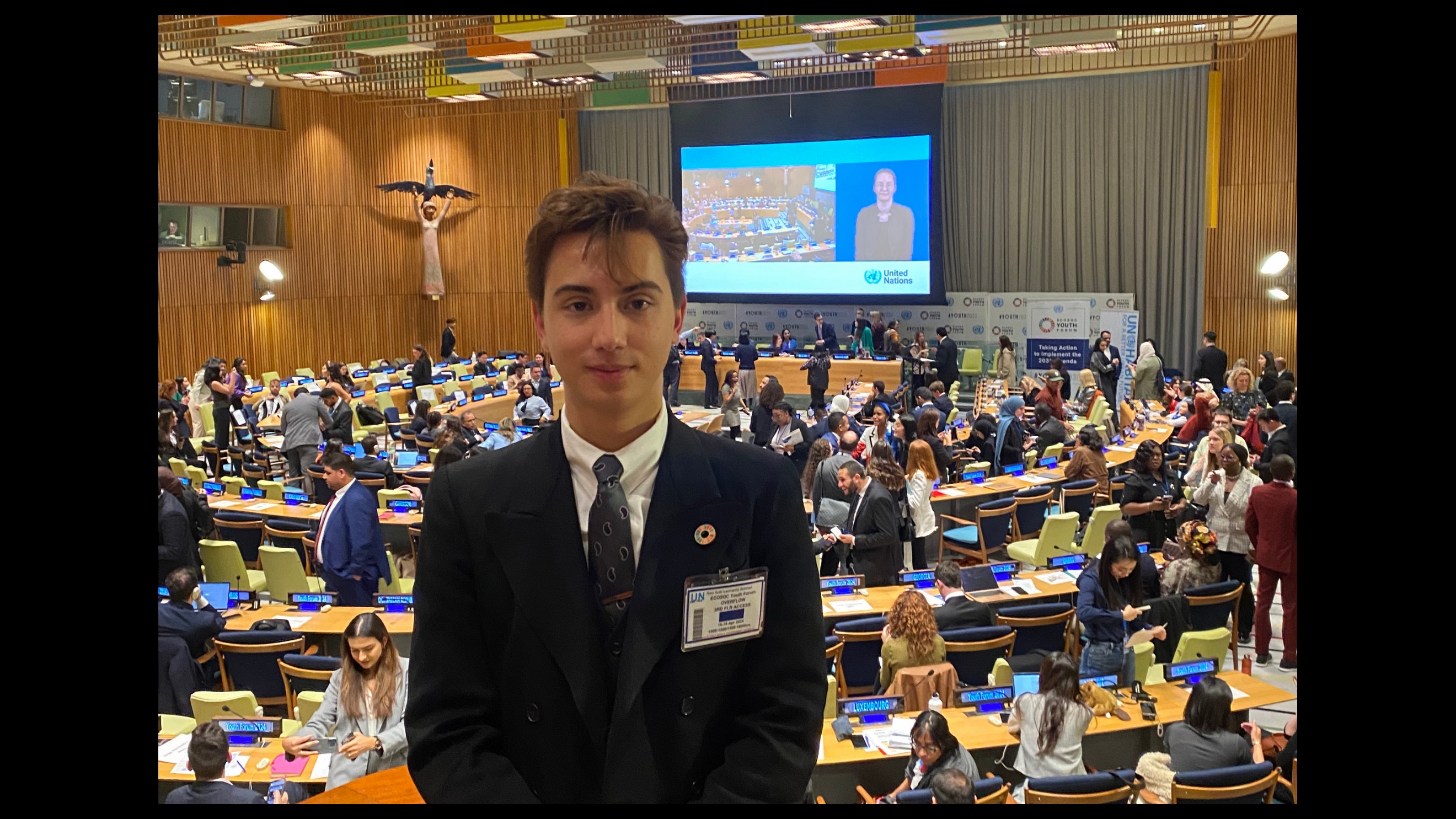A small spring-fed farm waterway near Springston, which is part of the wider Ararira/LII River Living Water catchment, has been chosen as a suitable site for the installation of an innovative two-step solution involving a woodchip bioreactor and sediment trap.
The in-stream bioreactor is 70 metres long and consists of a submerged layer of bags filled with untreated woodchips that naturally convert nitrate into harmless nitrogen gas in a process called denitrification.
To ensure the bioreactor doesn’t get clogged with sediment (soil particles in water), a sediment trap has been constructed immediately upstream. Water slows down as it flows through the trap, which is essentially a large pool, and fine sediment drops out.
Department of Conservation Living Water Site Lead Robin Smith says these are the latest tools in a range of solutions being trialled through Living Water.
“Since 2013, the Living Water team has been working to identify and implement solutions to enable farming, freshwater and healthy ecosystems to thrive side-by-side,” says Smith.
“If this latest trial is successful, bioreactors could be used across the country as a cost-effective, low maintenance intervention to reduce nitrates that won’t interfere with drainage.”
The Ararira/LII River catchment is today an agricultural landscape with mostly straight, man-made drains where water flows out to Te Waihora/Lake Ellesmere. The drains provide excellent habitat for many native fish such as tuna/eels, bullies and insects like mayflies and caddisflies, and the spring waters have cultural significance to tangata whenua.
The catchment faces the issue of elevated levels of nitrates, based on two years of monitoring by the University of Canterbury’s Freshwater Ecology Research Group (CAREX), with support from Living Water. Nitrates get into waterways primarily as a result of fertiliser and animal urine leaching through soil and into groundwater and can upset the delicate balance of aquatic ecosystems.
Professor Jon Harding, CAREX Science Lead from the University of Canterbury, says testing and proving solutions will ultimately help farmers, landowners, water management agencies and others be able to take action and make a tangible difference.
“There’s a growing realisation that multiple actions and tools can be used on farm and within waterway networks to improve water quality and increase habitat,” says Professor Harding.
“We are hoping to reduce nitrate concentrations with these tools by about 50%. It’s important because the issues we are seeing here are being faced up and down the country.”
Monitoring will continue for the next year, with results and updates being published on the Living Water website.
This article was originally published on Living Water.










